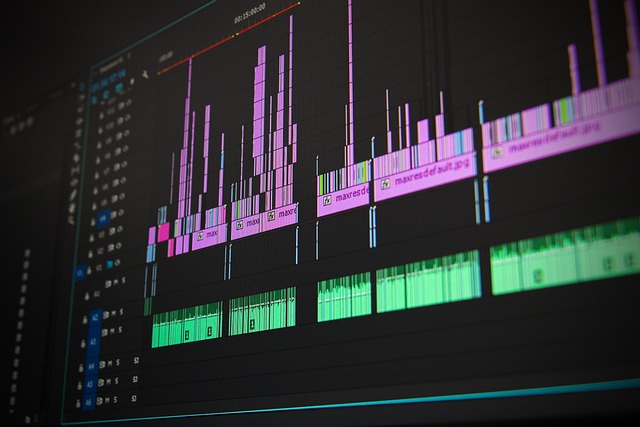Converting DivX to AVI format is a straightforward process aimed at preserving video quality during compression. Users should select a reliable converter tool, import their DivX video, choose 'AVI' as the output format with adjustable settings like resolution and bit rate, and initiate the conversion. Advanced tools and modern codecs ensure efficient compression without quality loss, utilizing pre-processing techniques for further optimization.
“Discover the art of video compression without compromising quality. In an era where digital media dominates, ensuring your videos retain their integrity during resizing is crucial. This comprehensive guide explores effective strategies for compressing videos, focusing on the DivX to AVI conversion process.
We’ll break down the basics of video compression and its impact, offering a step-by-step manual to preserve quality. Additionally, advanced techniques will empower you to achieve optimal results, ensuring your videos look stunning, regardless of file size.”
Understanding Video Compression: The Basics and Why It Matters

Video compression is a process that reduces the file size of video content while attempting to preserve its original quality as much as possible. It involves coding and decoding videos, eliminating unnecessary data, and representing the remaining information in a more efficient format. This technique is essential for various reasons, especially when it comes to file sharing and storage. By compressing videos, you can easily transfer them over the internet or save them on your device without consuming excessive space.
When converting formats, such as from DivX to AVI, compression plays a critical role in maintaining video integrity. DivX is known for its high-quality encoding, and converting it to AVI should ideally retain these characteristics. The goal is to find the right balance between file size reduction and preserving crucial elements like image clarity, color accuracy, and frame rate. Advanced compression algorithms achieve this by removing redundant data, compressing similar frames, and coding audio and video streams efficiently without noticeable loss in quality.
DivX to AVI Conversion: A Step-by-Step Guide for Quality Preservation

Converting DivX to AVI format is a straightforward process that allows users to maintain video quality during compression. Here’s a step-by-step guide for achieving this seamlessly:
1. Choose a Reliable Converter: Start by selecting a high-quality video converter tool that supports both DivX and AVI formats. Many free options are available online, but for guaranteed stability and output, consider investing in a professional conversion software.
2. Import Your DivX Video: Launch the converter and navigate to the ‘Add File’ or ‘Import’ option. Locate your DivX video and select it. The software will analyse the file, displaying its properties and allowing you to adjust settings if needed.
3. Select AVI as the Output Format: In the conversion settings, choose ‘AVI’ as your desired output format. This ensures that the compressed video retains its original quality. You can also fine-tune other options like resolution, bit rate, and encoding method based on your specific needs.
4. Initiate Conversion: Once you’re satisfied with the settings, click the ‘Convert’ or ‘Start’ button to begin the process. The converter will process the video, compressing it while preserving its integrity. Depending on the file size and complexity, this may take a few minutes.
5. Export the Compressed AVI: After successful conversion, the software will provide an option to save the new AVI file. Choose a suitable location to store it. Now you have a compressed video that maintains its original quality in AVI format, ready for sharing or further editing.
Advanced Tools and Tips for Achieving Optimal Video Integrity During Compression

When compressing videos, especially when converting formats like DivX to AVI, it’s crucial to balance quality preservation with file size reduction. Utilize advanced tools that offer sophisticated settings for fine-tuning the compression process. These tools often provide options to control bit rate, resolution, and frame rate adjustments, allowing you to tailor the output according to your needs.
Experimenting with different encoding methods and codecs can also significantly impact integrity. Modern codecs like H.264 and H.265 offer efficient compression without noticeable quality loss. Additionally, pre-processing techniques such as noise reduction and edge enhancement can further optimize the video before compression, ensuring that details are preserved even in heavily compressed formats like AVI.
Video compression is a necessary step to reduce file sizes without compromising quality, especially when converting formats like DivX to AVI. By understanding the fundamentals and employing advanced tools, you can ensure your videos maintain their integrity during compression. Following the step-by-step guide provided and utilizing tips for optimal settings, you’ll achieve high-quality conversions, allowing for efficient storage and sharing of your videos without noticeable loss in visual fidelity.
